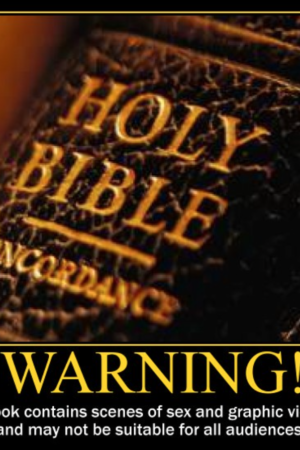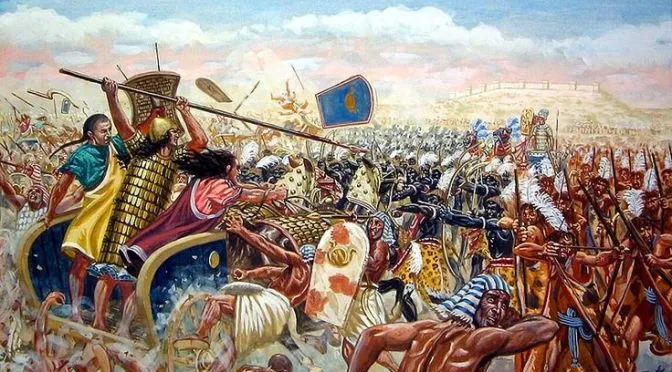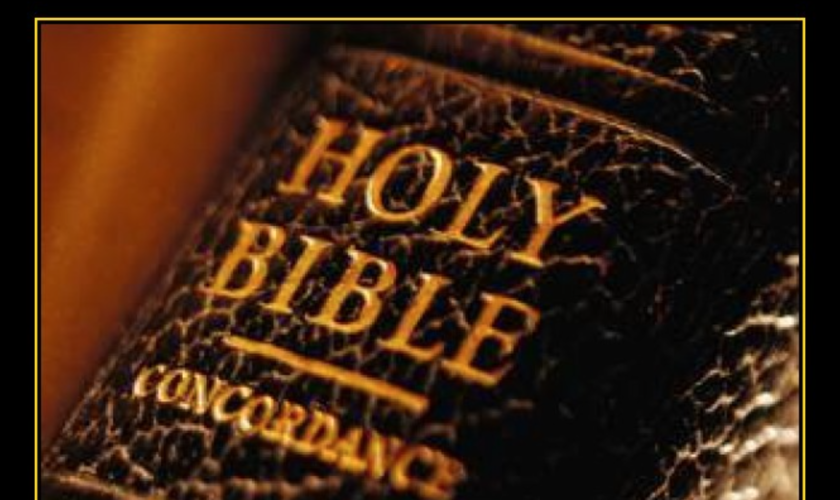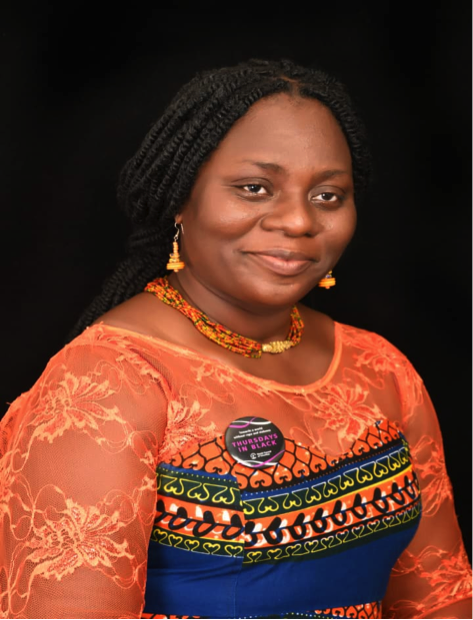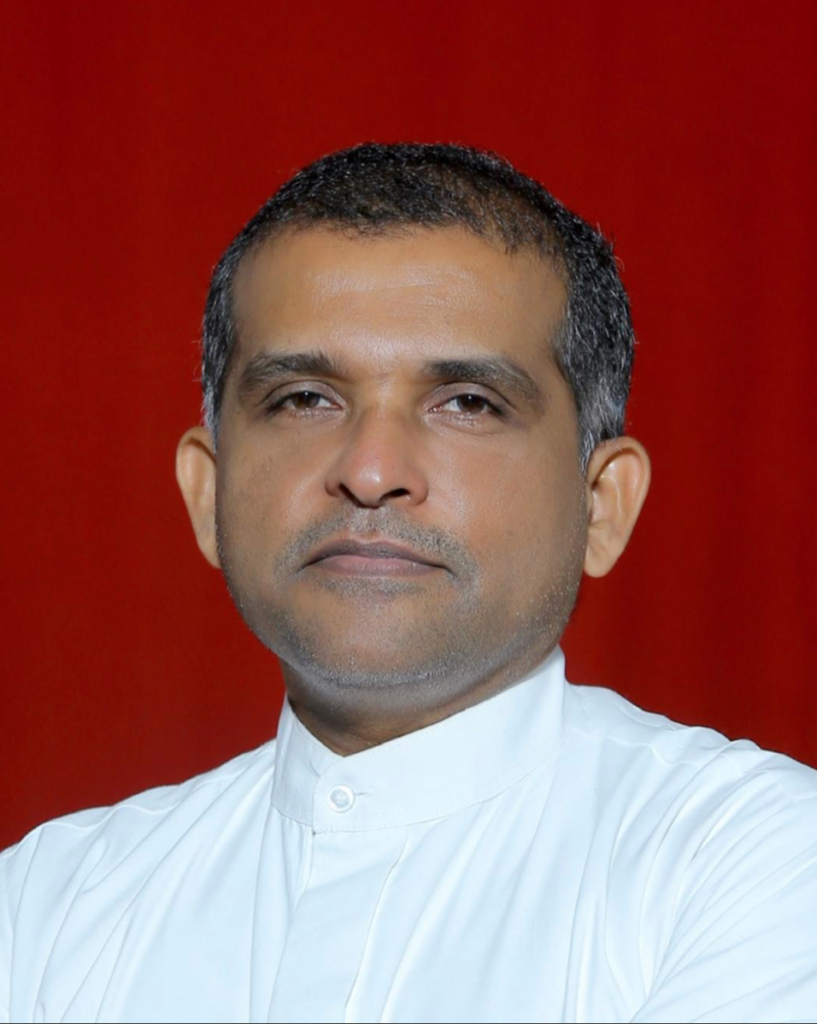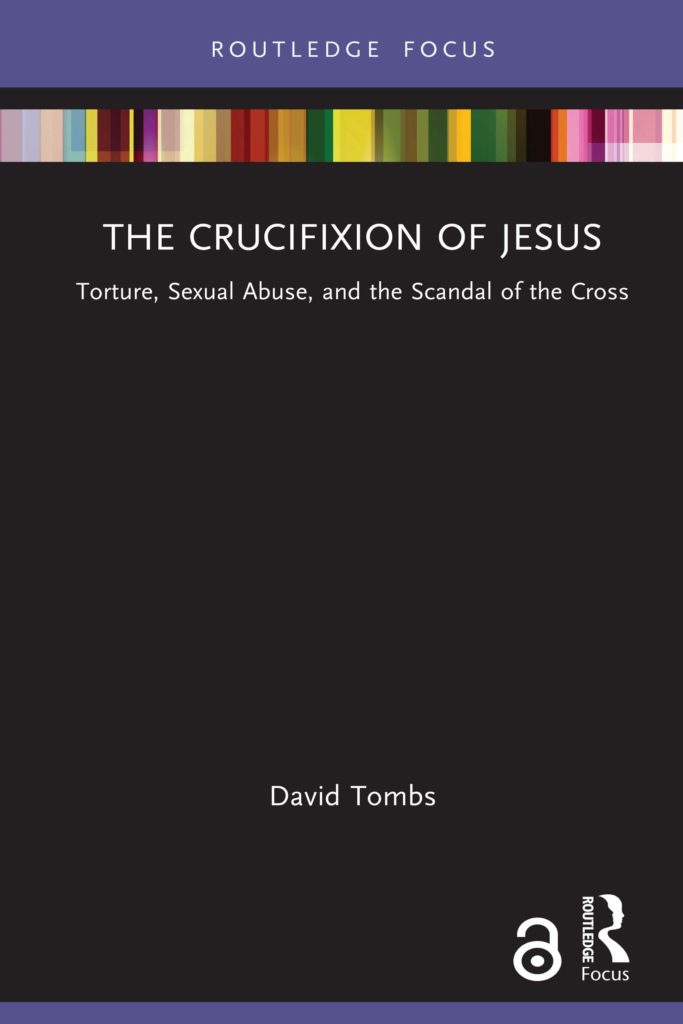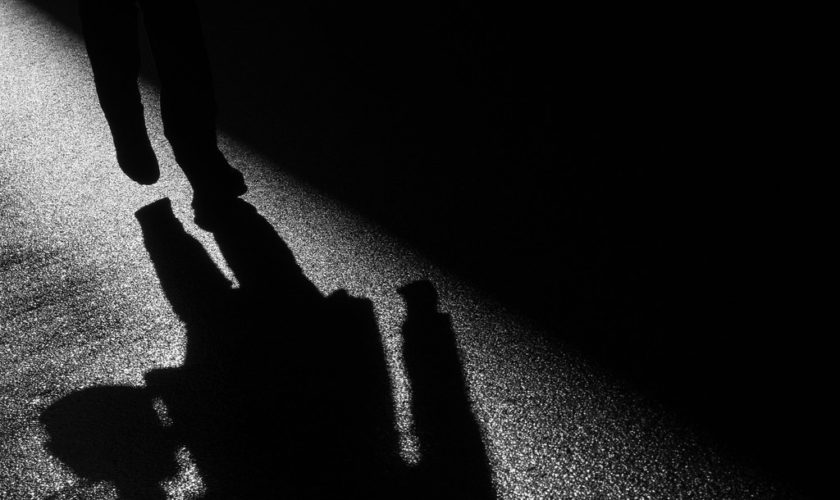Princess O’Nika Auguste hails from Helen of the West, the Caribbean island of Saint Lucia. She is a PhD student in Biblical Studies at Dublin City University. Follow her on Twitter:/X @isletheologian.

The complex interplay of power dynamics is not limited by time; it is present in ancient history, in holy books like the Bible, and in our current world. Indeed, many stories that depict human interactions bear witness to the presence of complex power relationships across time and space. Two such stories include that of David and Bathsheba (2Sam 11), and the encounter between Mary and the Angel Gabriel (or God in Luke 1). This post will engage these biblical narratives alongside contemporary narratives in order to ruminate on this complex and timeless topic. By examining these stories, I will highlight the deep and long-lasting effects of power relations, acknowledging their presence over generations and influence on the human condition.
Jenna Van Schoor describes power dynamics as “the balance of power between two or more people when they engage with each other. Depending on cultural and other relevant contexts, this can look very different” (van Schoor 2023 What Are Power Dynamics). So, how do the narratives of Bathsheba and David and Mary and Gabriel/God reflect these dynamics of power? The power of both David and Gabriel is signaled initially by their gender and status – David as a king and Gabriel as an angel/deity. In each story, this power is contrasted with the lack of status held by Bathsheba and Mary both of whom have little or limited status. David and Gabriel thus wield great authority, power, and influence over Bathsheba and Mary respectively.
David and Bathsheba’s story is widely contested on and offline. Every year there are debates on social media about whether Bathsheba was raped by David. In this narrative, the power dynamics are those of a king and his subject. Thus, any conversations about the relationship between David and Bathsheba needs to include the nuanced discussion around concepts of consent, cultural context and, of course, power disparities.
The limited amount of detail given in the biblical text of the Bathsheba narrative reveals its complexity. The text tells us that David sent men to find Bathsheba after he observed her taking a bath (2Sam 11:2–5). We read, “David sent messengers to get her, and she came to him, and he lay with her,” after which she became pregnant. The text is silent on Bathsheba’s feelings about the encounter. Some, like Randall C. Bailey (1990, 86) contend that Bathsheba was a consenting and equal partner. They suggest she flirted with David and even requested to be sent for. Despite extensive research by feminist biblical scholars like Phyllis Trible, Jennifer Wright Knust, and Johanna Stiebert which problematise the power dynamics between Bathsheba and David, such interpreters continue to deny the power differentials and insist that Bathsheba consented to King David’s advances for sex.

It is important to recognise, however, that even if Bathsheba had agreed to the encounter with King David, this relationship is still problematic because David is the king, and the inequality of relationship amounts to an abuse of power. The problem is one of consent and Bathsheba’s ability (or lack thereof) to say ‘no’ or refuse the advances of one who has power and authority over her.
Similar power dynamics exist in contemporary culture, where powerful men have sexual relationships with women who have less power and status than them. Examples of powerful men who have used their power to abuse women include Bill Cosby, Harvey Weinstein, R. Kelly, and Danny Matterson. In some instances, these men have been found guilty of rape, but all of these relationships amount, at the very least, to an abuse of power. Another example is the relationship between Monica Lewinsky and former US President Bill Clinton – a relationship which is still the subject of intense media debate decades later. In the mid-1990s, President Clinton started an intimate relationship with a young White House intern named Monica Lewinsky. Eventually, media leaks about the affair led to Clinton’s impeachment although he was ultimately acquitted and remained in office until 2001. Monica Lewinsky, on the other hand, was demonized as an opportunist and seductress who tempted an honourable man and she continues to bear the fallout from this affair to this day. While some argue that Monica was a free intern and could have left the relationship at any time, we have to question whether this was even an option for her given the power disparity between them (as intern and president). What would have happened to her if she had ended the relationship? Would she have been able to find other forms of employment? What consequences would she have suffered for denying the most powerful man in the world? Would she have been ostracized from Washington DC? (See Sex, power, and humiliation: eight lessons women learned from Monica Lewinsky’s shaming).
The relationship between defamed R&B singer, R. Kelly, and the late singer Aaliyah offers another opportunity for reflection on relational power dynamics. Their relationship began in the early 90s when Aaliyah was emerging in the music industry. There were rumours that Aaliyah (15) and R. Kelly (27) were married – a rumour that was also implied in her album Age Ain’t Nothing but a Number, which Kelly was heavily involved in. At the time of the relationship, Aaliyah was underage and was also looking to grow in the music industry. Her family argue that Kelly took advantage of her at a time when she was very vulnerable. Others argue, however, that Aaliyah and her family used the relationship with R. Kelly to cement her as music royalty. Aaliyah already had connections in the music business as her aunt was Gladys Knight and her uncle was recording producer Barry Hankerson. This meant that an alliance between Aaliyah and R. Kelly would strengthen Aaliyah’s place in Hollywood. However, it is now known that when Aaliyah’s parents found out about the relationship they had her marriage annulled and Aaliyah never worked with R. Kelly again. Her marriage to the singer was covered up until years after her death and after R. Kelly had been accused and convicted of sexual assault unrelated to Aaliyah’s case.
How do the relationships between Monica Lewinsky/Bill Clinton and Aaliyah/R Kelly relate to the story of Bathsheba and David? It could be argued that, like Monica and Aaliyah, Bathsheba was a seductress and an opportunist who used her relationship with a powerful man to ‘get ahead’. Some scholars suggest that Bathsheba was of noble blood because she was the granddaughter of Ahithophel, King David’s counsellor (2Sam 11:3; 23:34). Bathsheba’s father was Eliam, and her husband was Uriah the Hittie both of whom were part of a group of soldiers called David’s Thirty Mighty Men (2Sam 23:8-38). Those men were David’s closest friends and thus, it could be argued that Bathsheba may have taken advantage of her family’s connections to advance in society through her connection to the throne. But, like Monica and Aaliyah, we have to ask, did Bathsheba have the ability to consent to the relationship with David? Could she have said no to him without fear of consequence? Can any woman in a relationship where this is a large disparity in power say no?
Before these questions are answered, we need to discuss rape and consent. According to Barstow (2023), rape is
“unlawful sexual activity, most often involving sexual intercourse, against the will of the victim through force or the threat of force or with an individual who is incapable of giving legal consent because of minor status, mental illness, mental deficiency, intoxication, unconsciousness, or deception. In many jurisdictions, the crime of rape has been subsumed under that of sexual assault. Rape was long considered to be caused by unbridled sexual desire, but it is now understood as a pathological assertion of power over a victim.” (Barstow 2023).
When we consider this understanding of rape, we must ask ourselves, did any of these women have the freedom to fully consent to their relationship with such powerful men? Could Monica Lewinsky say no to President Bill Clinton? Could Aaliyah say no to the “King of R&B,” R. Kelly? Could Bathsheba say no to King David? If the answer is no, then by the rape definition above these women were coerced into sexual relationships with men in higher positions than them because if they said no, they could lose their livelihoods.
Perhaps one of the reasons that some interpreters understand Bathsheba as a consenting participant in the relationship is the fact that the biblical the text is not clear on Bathsheba’s feelings and perspective. This is in contrast to another text, 2 Samuel 13, where King David’s daughter, Tamar, is raped, and the biblical writer is very clear about her violation. Tamar clearly resists her rapist, saying ‘no’ and asking him not to ‘force’ her (v 12). She declares his intentions to be evil and offers him a way out (vv 12, 13). She does everything she can to prevent her assault. She is the “ideal victim.” The fact that the author of 2Sam 11 is not explicit about Bathsheba’s role in her relationship with David has led some to be convinced that Bathsheba was complicit in the affair and thus just as guilty as David. Bathsheba does not fulfil the ideal victim trope.
So, what is the ideal victim? According to Mary Morgan,
“Victims of sexual assault are forced to prove not only the guilt of their perpetrator, but also their own innocence. The ideal victim is seen as innocent in the eyes of the public, the judge, the jury and the public. The ideal victim cannot be blamed whatsoever for violence committed against them. It is only then, when the victim has been deemed completely innocent, that perpetrators are evaluated for their guilt” (Words from an “Unideal” Victim).
So, can a woman only be a rape victim if she is deemed to be good, pure, and holy? Conflicting with the myth of this ideal victim is another common rape myth that good and holy women would not be the target of predatory men. But these myths – like all rape myths – only serve to excuse perpetrators of sexual violence and blame victims.
These rape myths are conceivably one of the reasons why many find it difficult to consider the Virgin Mary a rape victim. But equally, people may find it difficult to believe the Virgin Mary was a rape victim because of who impregnated her. To identify Mary in this way is to question the reputation of an angel and of a good God. While the relationship between David and Bathsheba is open to discussion, many seem afraid to debate the narrative of Mary in order to raise similar questions – either because it is too complicated, or because it would cause controversy. The idea that Mary was sexually assaulted or raped would be hugely controversial, of course, because it would be to accuse the deity of sexual violence.

The Biblical narrative in Luke 1 narrates that when the angel Gabriel came to speak to Mary she was afraid and did not understand what the angel was speaking about. The angel told her not to be afraid, that the deity would overshadow her, and Jesus would be born. At the end of the narrative, Mary submits. (Luke 1:26-38). The text reads:
The virgin’s name was Mary. 28 And he came to her and said, “Greetings, favored one! The Lord is with you.” 29 But she was much perplexed by his words and pondered what sort of greeting this might be. 30 The angel said to her, “Do not be afraid, Mary, for you have found favor with God. 31 And now, you will conceive in your womb and bear a son, and you will name him Jesus. 32 He will be great and will be called the Son of the Most High, and the Lord God will give to him the throne of his ancestor David. 33 He will reign over the house of Jacob forever, and of his kingdom there will be no end.” 34 Mary said to the angel, “How can this be, since I am a virgin?” 35 The angel said to her, “The Holy Spirit will come upon you, and the power of the Most High will overshadow you; therefore the child to be born will be holy; he will be called Son of God. 36 And now, your relative Elizabeth in her old age has also conceived a son, and this is the sixth month for her who was said to be barren. 37 For nothing will be impossible with God.” 38 Then Mary said, “Here am I, the servant of the Lord; let it be with me according to your word.” Then the angel departed from her.
Some argue that Mary is portrayed as having autonomy in this text because she agrees to become pregnant with Jesus (Barber 202, 22). Mary Daly, for example, argues that Mary as the virgin mother could be empowering and an image for female autonomy (Daly 1993,84).
But did Mary have the full freedom of consent? What if Mary did not consent and the deity abused his power? In Luke 1 we find a similar power disparity to that seen between David and Bathsheba – but the inequalities between Mary and the angel are even greater. Here we see an all-powerful male impregnating a young, vulnerable woman. And so, the same questions about power dynamics that were applied to Bathsheba should also be applied to Mary. Could Mary say no? Could she leave? What would have been the consequences if she had told the angel Gabriel “no”? While some scholars will not go as far as to suggest the Mary was a victim of rape, there there are those who find her consent troubling. Wil Gafney, for example, notes although Mary’s ancient context would have meant that she probably could not have consented to the encounter, she still used whatever agency she had to withhold her consent initially by asking the question, “How could this be?” Gafney notes that while she did agree, her consent was problematic because, “Mary’s submission [‘here I am, the woman-slave of the Lord] is in the vernacular of slavery… In this light, her consent is troubled and troubling.” (Gafney, Did Mary Say “Me Too”?)
Thus, both the narratives of Mary and Bathsheba raise questions of power dynamics and consent. Our traditional interpretations of these stories are troubling because if we are not interpreting these women as victims of male power, we are sexualizing them – Mary a virgin and Bathsheba an adulteress. This, in turn, emboldens patriarchy and sexual violence and puts women in similar power relationships in our own time in a perilous situation. Perilous situations that benefit men. When power disparities are overlooked, we underplay how these dynamics can lead to sexual violence and sexual coercion. Consent is not complicated; power dynamics should not determine who can say no!
References
Bailey, R.C., 1990. David in love and war: The pursuit of power in 2 Samuel 10-12 (Vol. 75). A&C Black.
Barber, M., 2021. Hagar and Sarah and Mary and Elizabeth: Reading Luke 1 with Genesis 16/21 (Doctoral dissertation, Union Theological Seminary).
Daly, M., 1993. Beyond God the father: Toward a philosophy of women’s liberation. Beacon Press.
Klein, L.R., 2003. From Deborah to Esther: sexual politics in the Hebrew Bible. Fortress Press.
Kirk-Duggan, C.A. ed., 2004. Pregnant passion: gender, sex, and violence in the Bible (Vol. 44). Brill.
Reilly, F., 2005. Jane Schaberg, Raymond E. Brown, and the problem of the illegitimacy of Jesus. Journal of Feminist Studies in Religion, 21(1), pp.57-80.
Schaberg, J., 2006. The Illegitimacy of Jesus. A Feminist Theological Interpretation of the infancy Narratives, Expanded Twentieth Anniversary Edition.
Images
“David en Batseba, RP-P-2015-17-117-8” by Rijksmuseum is marked with CC0 1.0. To view the terms, visit https://creativecommons.org/publicdomain/zero/1.0/deed.en/?ref=openverse.
“File:PM 080988 E La Granja n.jpg” by PMRMaeyaert is licensed under CC BY-SA 4.0. To view a copy of this license, visit https://creativecommons.org/licenses/by-sa/4.0/?ref=openverse.
“<div class=’fn’> <div style=’font-weight:bold;display:inline-block;’><a href=’https://en.wikipedia.org/wiki/en:Annunciation’ class=’extiw’ title=’w:en:Annunciation’><span title=’announcement of the birth of Jesus to Mary’>Annunciation</span></a></div></div>” by Fra Angelico is licensed under CC BY 2.0.




